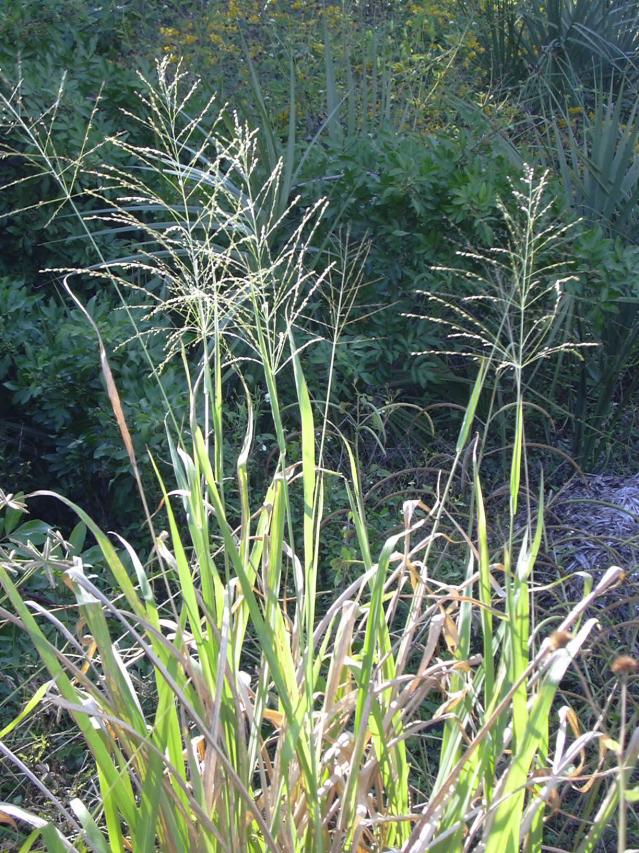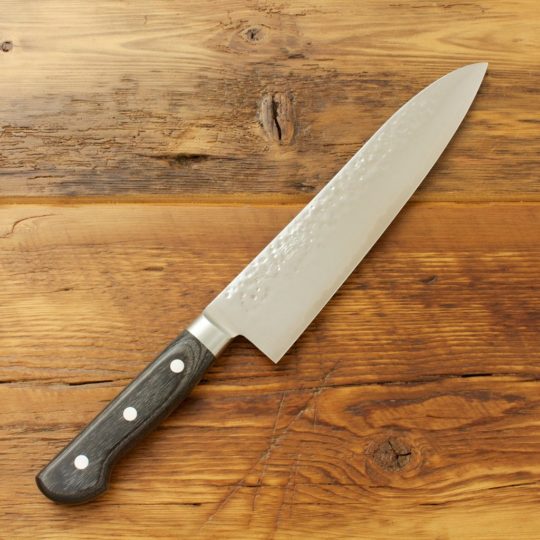Specimen A (Dry groundnut haulm)
(a)i. Outline the procedure for obtaining specimen A.
(ii) State three benefits that farm animals could derive from feeding on specimen A.
Specimen B (Guinea grass)

(b)(i) Mention two each that could be used to propagate specimen B;
(ii) preserve specimen B.
Specimen C (Kitchen knife)

(c) State four of specimen C in animal production
Explanation
(a)i. Procedure for obtaining specimen A (Dry groundnut haulm):
- Harvesting/gathering from the field.
- Dry under shade in the sun.
- Turn it over at intervals.
- Cut into pieces,
- Pack in a suitable container/Jute bags /bags.
(ii) Benefits derived by farm animals from feeding on specimen A (Dry groundnut haulm)
- High digestibility by ruminants.
- High in fiber for rumination
- High protein content for growth.
- Available during the dry season.
- Improves animal health
- Reduced nitrogen pollution in animals waste.
- Higher milk/meat quality.
(b)(i) Methods that could be used to propagate specimen B (Guinea grass):
- Seed.
- Vegetative propagation/rhizome
(ii) Methods of preserving specimen B (Guinea grass)
- Silage
- Hay.
(c) Uses of Specimen C (Kitchen knife) in animal production:
- Harvesting of grass/forages/chopping forages.
- Docking of piglets
- Debeaking.
- Trimming of hoof Shearing of wool/fun
- Slaughtering/processing of farm animals.
- Castration.
- For identification of animals
- Trimming of horns/disbudding
- Cutting of ropes/opening of Feed bags.
- Skinning

